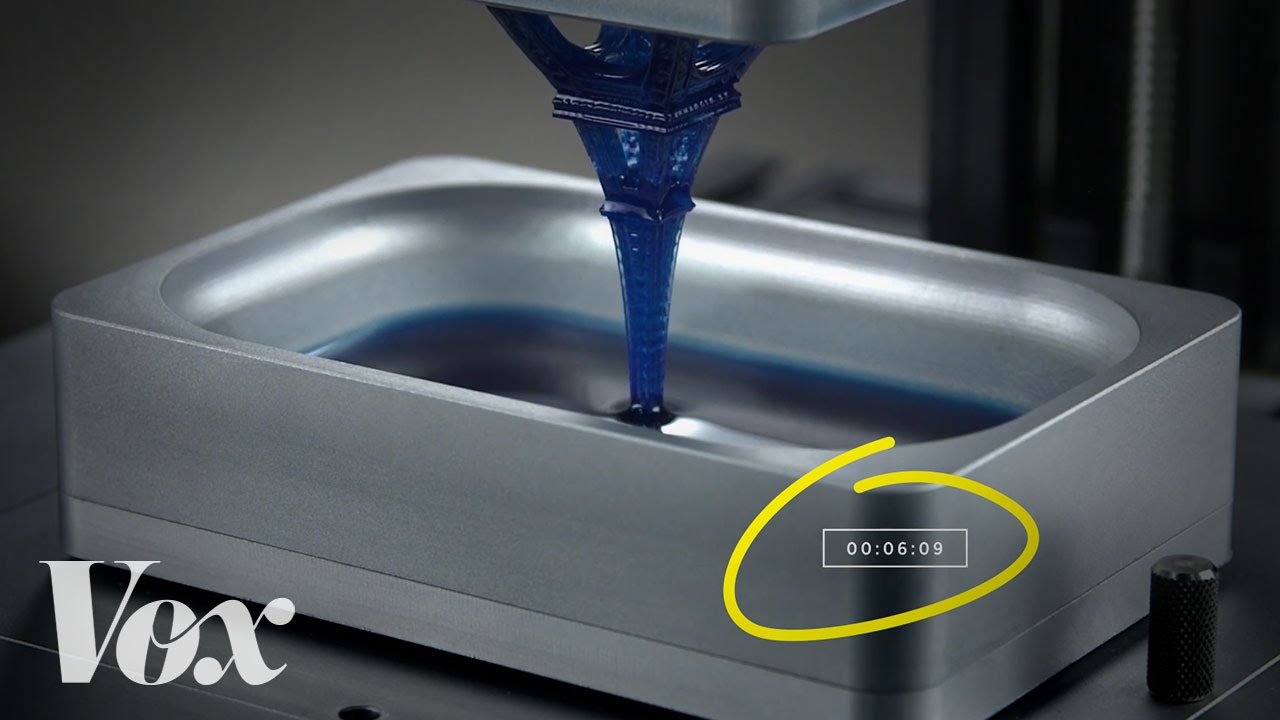
When disaster strikes, every minute counts—especially when it comes to rescuing survivors who could be trapped. In an effort to find survivors more quickly, researchers have developed bionic cockroaches that can be controlled to maneuver through rubble and tight spaces better than a robot would be able to.
The research, led by Hong Liang of Texas A&M University, was described in a new paper published in the Journal of the Royal Society Interface.
The robotically-enhanced cockroaches are controlled through acoustic cues which stimulate their brains and steer them. Prior methods used cockroaches that were tethered to the controls, but this paper shows that they can be steered remotely as well.
“Hybrid robotic systems have significant advantages over conventional engineered robotic systems,” the authors wrote in the paper. “Hybrid systems using living insects that are small, have an efficient sensory system, and respond to their environments through multiple feedback channels. Such living systems can be self-powered through in-taking water, air and food.”
Using a living organism also has the advantage of being able to evade threats without input from the operator. If a predator or hazardous condition lies ahead, the roach will instinctively move away from it. However, the ability to control the cockroach is also important, as the operator likely has a good idea of where the insect can begin to look. The cockroach wears a backpack that taps directly into its brain. By stimulating certain regions of the brain, the researchers can control the insect’s movements and tell it where to turn. These two abilities, working in tandem, will make the cockroach a formidable tool in saving survivors of disasters.
“Based on the results obtained during the remote-controlled trials, it was clear that a feedback control scheme would be required for more consistency in response of the roach. The current system requires visual feedback from the operator in order to apply the necessary pulse characteristics to control the roach’s turning behavior,” the authors continued. “This method requires the operator to have extensive experience, as well as constant visual contact with the roach. However, in a real-world situation the deployment of a hybrid roach would not be under ideal laboratory conditions.”
In order to make the cockroaches better equipped to handle real-world disaster scenarios, the researchers plan on adding cameras, microphones, and other sensory equipment to help operators reliably guide the insects. Additionally, reducing the size of the equipment is a priority, as the additional weight slows the cockroaches down and makes it difficult for them to perform tasks for a long period of time.
Check out the cockroaches in action:
Via IFL Science





